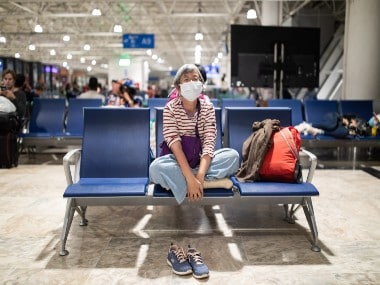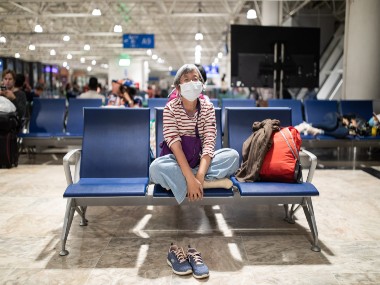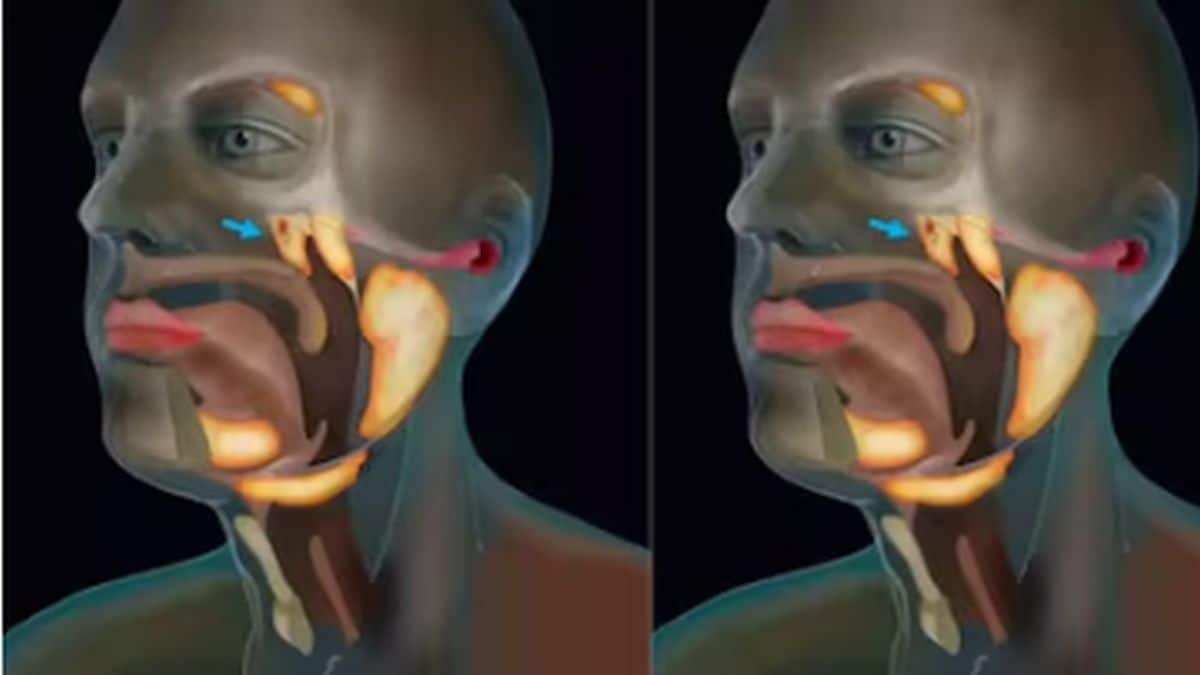SARS-CoV-2, the new coronavirus which has led to a pandemic, originated in Wuhan, China, late last year. Once it started to spread, the country of 1.4 billion people went into lockdown mode for about two months. Cut to last week: the Chinese authorities declared that they would lift the travel curbs in Hubei province (Wuhan city is in Hubei), citizens started returning to work slowly and factories began reopening. [caption id=“attachment_8026911” align=“alignleft” width=“380”]  Representational image. Getty Images.[/caption] In the midst of all this, on March 26, Chinese Prime Minister Li Keqiang also asked local officials to track and treat asymptomatic patients, according to the local media reports. The result: around 1,500 asymptomatic patients had been placed under observation as of April 1. Asymptomatic coronavirus cases refer to people who have extremely mild or no symptoms of the infection but test positive for it. The worry is that asymptomatic cases go undetected and, as they are carriers, spread the virus to others who may or may not have a mild case like them - most of the time, without even realising they’re transmitting it. A study conducted in Iceland, which involved random coronavirus testing, showed that about 50% of people who tested positive for the virus had no symptoms at all. This adds to concerns that the asymptomatic population may be larger than anyone expected and could be behind the rapid spread. Many people have expressed concerns over the underreporting of coronavirus cases in China. As China now starts focusing on asymptomatic cases, we can only hope to see more transparency during the pandemic.
Hidden cases
On Monday, March 30, Wuhan reported no new local cases of infection again. On Tuesday, March 31, the National Health Commission in China said that China will now report asymptomatic cases with their count of coronavirus cases from Wednesday, April 1. According to China’s National Health Commission, 1,541 asymptomatic cases were kept under observation by Monday. Of these 205 were imported cases. Imported cases refer to patients who brought the infection with them from another country or place, and did not get it locally. (China had reported 130 asymptomatic cases by Wednesday morning.) As per the Chinese government policy, China wasn’t including the asymptomatic cases of coronavirus in the total tally till now. This meant that any patients who tested positive but didn’t have the symptoms of this contagion did not have to be reported by medical officials. To be sure, the World Health Organization (WHO) has recommended that all countries report symptomatic as well as asymptomatic cases - this is important because asymptomatic patients can also transmit the virus to healthy people. For more information, read our article on How COVID-19 spreads_._ Health articles in Firstpost are written by myUpchar.com, India’s first and biggest resource for verified medical information. At myUpchar, researchers and journalists work with doctors to bring you information on all things health.


)

)
)
)
)
)
)
)
)



